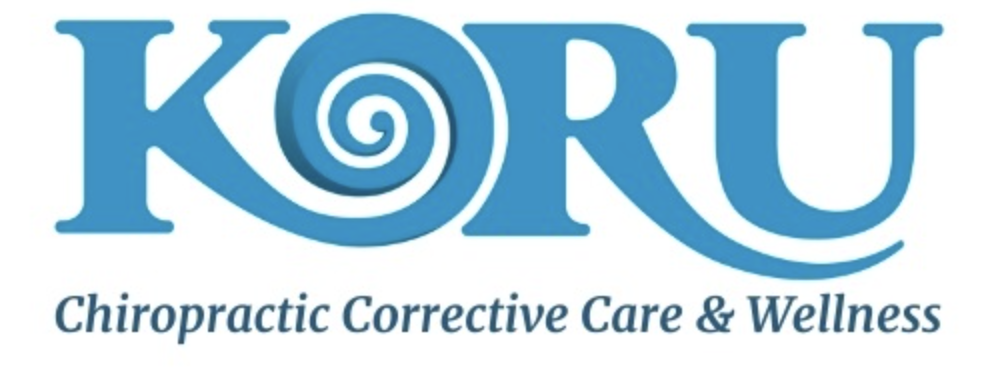As you can imagine I get this question a lot in my practice. As chiropractors, we are often known for low back and neck pain relief (but we can help with so much more!). Even though 80% of our country will experience low back pain at some point in their life. Interestingly the percentage of people who use a chiropractor is much much lower, meaning many people still don’t know we can help. But first, what makes low back pain so common?
First off, there are several types or classifications of low back pain, for today I’m just focusing on “non-complicated low back pain”, which is the most common form of low back pain, with no herniated discs or pre-existing conditions, like cancer or a fracture.
Secondly, when we look closer at non-complicated low back pain I usually break it into two categories, one with and one without a misalignment in the low back. Most people DO NOT have misalignments in their lower spines, which blew my mind when I started practicing, but now I have a good appreciation of why this is the case. I’ll say that again, yes me, a Chiropractor is telling you from my experience, and almost 1000 new patient x-rays at this point, most people DO NOT have a structural misalignment or subluxation in their low backs, even though many get pain there.
So what is the cause, if low back pain is so common but I’m not seeing the problem there? It’s your head! Not in your head, as in crazy…but the actual weight of your head. See if your head moves beyond your center of gravity, this is known as postural distortion and makes your muscles have to work really hard. It’s just not efficient, and the muscles become exhausted, and if you continually do the same activities every day that cause the achiness, then over time it just continues to just get more stiff and achy. Wha-la chronic low back pain!
![]()
Most often I see people who struggle with chronic or unresolved low back pain, and often times have seen another chiropractor, massage therapist, or physiotherapist without much relief or results.
The solution to the problem is most often very simple, and thus why I think it gets overlooked most often as well. You see most practitioners just look where you tell them it hurts. If you have low back pain with no other symptoms they will usually only look right at your low back. However, years of experience has shown me that only 8 or 9 out of 10 people with low back pain have a true low back problem. Pain, yes. The primary problem, no.
What do I mean by the primary problem? Oftentimes people with low back pain have other symptoms that could cause pain secondary, for example, caused by a weak or inactive core, or even bulging discs (also secondary, but I’ll need to write another blog to talk more about that). However, I find these issues are usually secondary to the primary problem, which is a postural distortion of the spine as well as misalignments AKA vertebral subluxations. I find that these distortions and misalignments occur higher up in the spine, like the upper back or neck, but the force and stresses are transmitted through the back musculature, but the low back usually takes the bulk of the load.
Here’s a quick video to help show you what I mean.
The magic words I most often hear that tip me off to a ‘top-down’ low back problem…”It’s always dull and achy and really tired feeling.” Not that it can’t be sharp or lock upon you, but it’s usually a dull nagging ache every day.
Another issue I see with chronic low back pain sufferers is simply they are scared to see a chiropractor because they don’t want to get their necks twisted and cracked. Good thing is, WE DON’T DO THAT. We use a special type of table to help position your body and spine so that we can deliver the most gentle and precise adjustment possible, with no twisting, cracking, or popping. Personally, I saw that in school that the twisting and popping adjustment, although sometimes massively alleviating, was not very effective in actually correcting or fixing the spine. That is why I got advanced certification in more corrective care-based approaches that are able to not just provide pain relief and increase range of motion but help restore the curvature and motion in the spine as well. The advanced approaches I use are NUCCA and PRS, you can learn more about them here.
If you’ve been struggling with an achy low back, without a long-term solution to your pain, I’d highly recommend getting your posture evaluated to see if you have Forward Head Posture. It’s not as simple as just fixing the posture, we need to look at the motion (function) of the spine as well. But working on both structure and function at the same time tends to get us great results in our patients who come in with low back pain.
